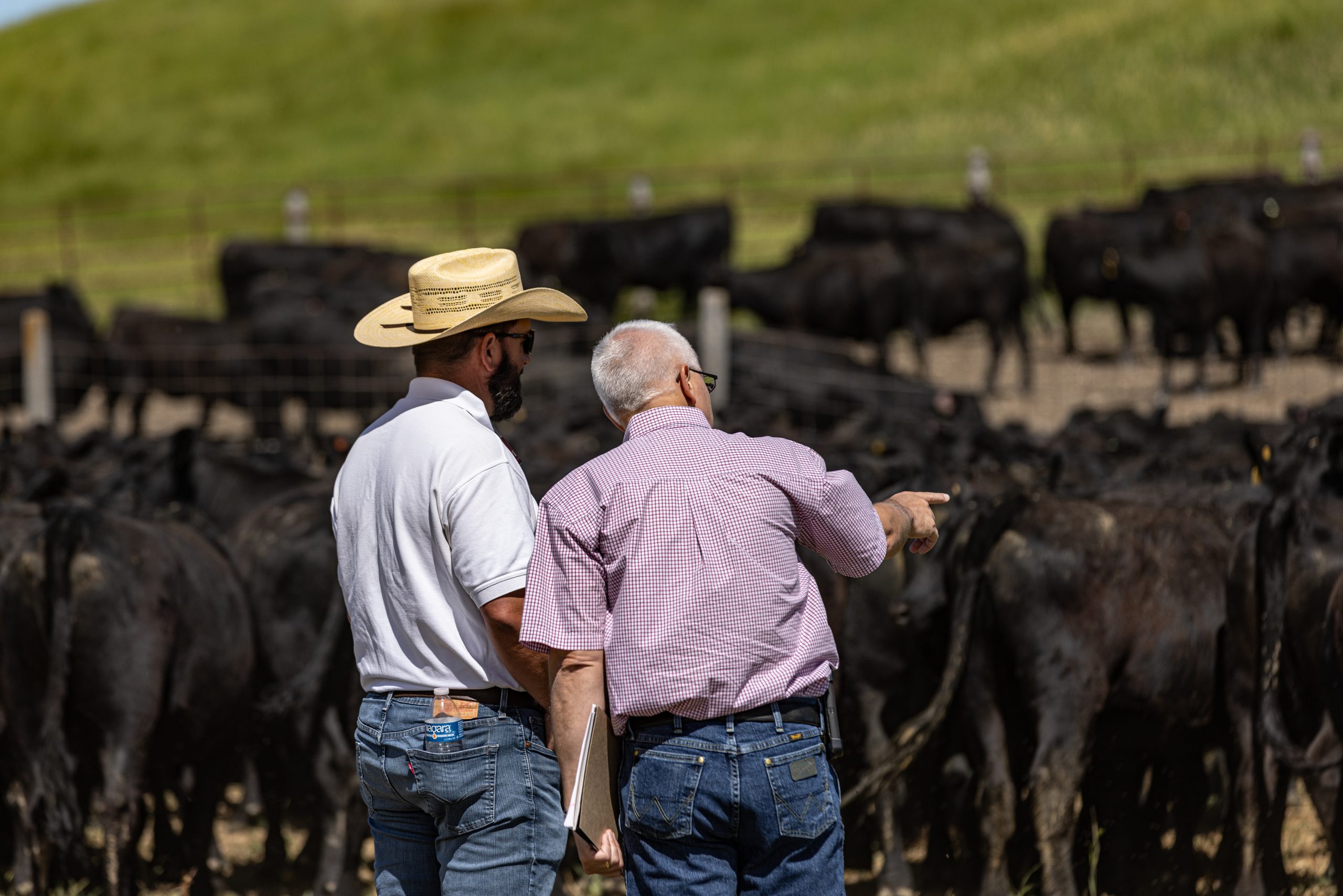10 ways to hold on to your workforce

Finding good employees can be time-consuming and expensive. But replacing them can be costly too. Any way you look at it, losing valuable employees affects your operations, finances and even morale. It can cost six to nine months of an employee’s salary to replace them, according to the Society for Human Resource Management. That’s taking into account the costs to recruit, hire and train. For example, replacing an employee earning $60,000 a year can cost $30,000 to $40,000. And that doesn’t include productivity loss and other matters that come with bringing on a new employee to take the place of someone else.
Retaining people is not only easier than replacing them but key to the success of your farm or processing plant. What are you doing to retain employees and keep them engaged?
Here are 10 recommendations:
1. Review your comp package.
In agriculture, compensation can often involve more than a paycheck. Many farms and other ag businesses bolster their employee benefits with non-cash benefits. These can include a nice house for an employee and his or her family. They can mean a truck or a cell phone paid for by you. Some employers will pay an employee’s health insurance or taxes. Do you offer a bonus for meeting a quota? Is there a year-end bonus they can look forward to? Have you considered a profit-sharing plan for key employees? Be transparent with these offerings because employees will want to know.
2. Develop your team.
Good employees will look for new opportunities within your operation. Give them room to grow. Expand their duties. Increase their responsibilities. Cross-train them so that if another employee leaves, they can step in. Send them through a training program to learn more about technology or agronomy. Help them apply for a leadership program in your state or through the Farm Bureau. Investing in your employees lets them know they’re important to you and the overall operation.
3. Train your employees.
Agriculture can be dangerous work. Having the right safety training so that employees know how to do their jobs without injury is imperative. Animal welfare training also is extremely important if you run a livestock business. Set aside time to train your workforce or bring in someone who can lead that instruction, not only in English but also in Spanish or your employees’ native language. Make sure you have proper documents, posters, policies and procedures in place.
4. Dial in to diversity.
Spanish-speaking employees are a major part of the United States agricultural workforce. But that doesn’t mean they’re all from Mexico. Immigrants from El Salvador, Guatemala and other parts of Central America also speak Spanish, but they have their own cultures and their own uniqueness. And diversity goes beyond ethnicity. It’s generational too. Younger employees will embrace technology
to get projects done. They’ll want to use their phones for lists and tasks far more than older workers do.
5. Recognize achievement.
If an employee has performed well or has been promoted, pass the word along. You’ll certainly want to let that employee know it firsthand from you. But it’s a good idea to pass on that recognition to their family or other employees too. That helps people feel like they’re part of the workplace family and that they belong.
6. Give and seek feedback.
Let employees know what they’re doing well and where they could improve. And feedback should go both ways. Be open to ideas and suggestions from the people who are out there doing the job. There may be someone who’s been working for you for five or six years who can see where improvements could be made in safety or efficiency gains. Listen to them.
7. Set goals and rewards.
Bonuses are common at many types of ag businesses. But you can broaden the criteria. For example, if your employees can help you lower your equipment repair bill by 20% over the course of six months or a year, that can bring rewards for your business and your employees. Let them know the goal ahead of time so they can help achieve it.
8. Be visible.
Your onsite presence speaks volumes to your employees. Interact with your team to acknowledge, encourage and empower them. Eye-to-eye contact, a cordial greeting, a brief conversation – all can send the right message that this business operation matters to many people. You’ve heard it said, “People quit their bosses, not their jobs.” Employees often leave because they feel disengaged, unappreciated or uninspired. Make time to talk with employees and become familiar with their families or interests. That can create the emotional ties that bind employees to your company.
9. Cultivate the right reputation.
Word gets around. If people know that employees are well treated at your farm or processing facility, they’ll find their way to you. Make sure your business has the kind of reputation that attracts the employees you want. It’s not always the employer that pays the highest wages who has the most success with employee longevity. Treat employees with courtesy and respect. Be the business that’s known for prioritizing safety, for giving back to employees, for understanding family commitments outside of work.
10. Celebrate with families.
Incorporate spouses and children into events you might hold for employees. Consider giving employees a day or two off around a holiday, such as the Fourth of July or Christmas, or even after harvest. Be aware of the family and religious customs that matter to your employees. If you need help in improving your employee retention, seek out specialists who can offer insights and solutions tailored to your specific farm, livestock operation or ag processing business. Everybody at your business, including you, will benefit from making your business a place where people want to work.
Editor’s note: Maxson Irsik, a certified public accountant, advises owners of professionally managed agribusinesses and family-owned ranches on ways to achieve their goals. Whether an owner’s goal is to expand and grow the business, discover and leverage core competencies, or protect the current owners’ legacy through careful structuring and estate planning, Max applies his experience working on and running his own family’s farm to find innovative ways to make it a reality. Contact him at [email protected].

